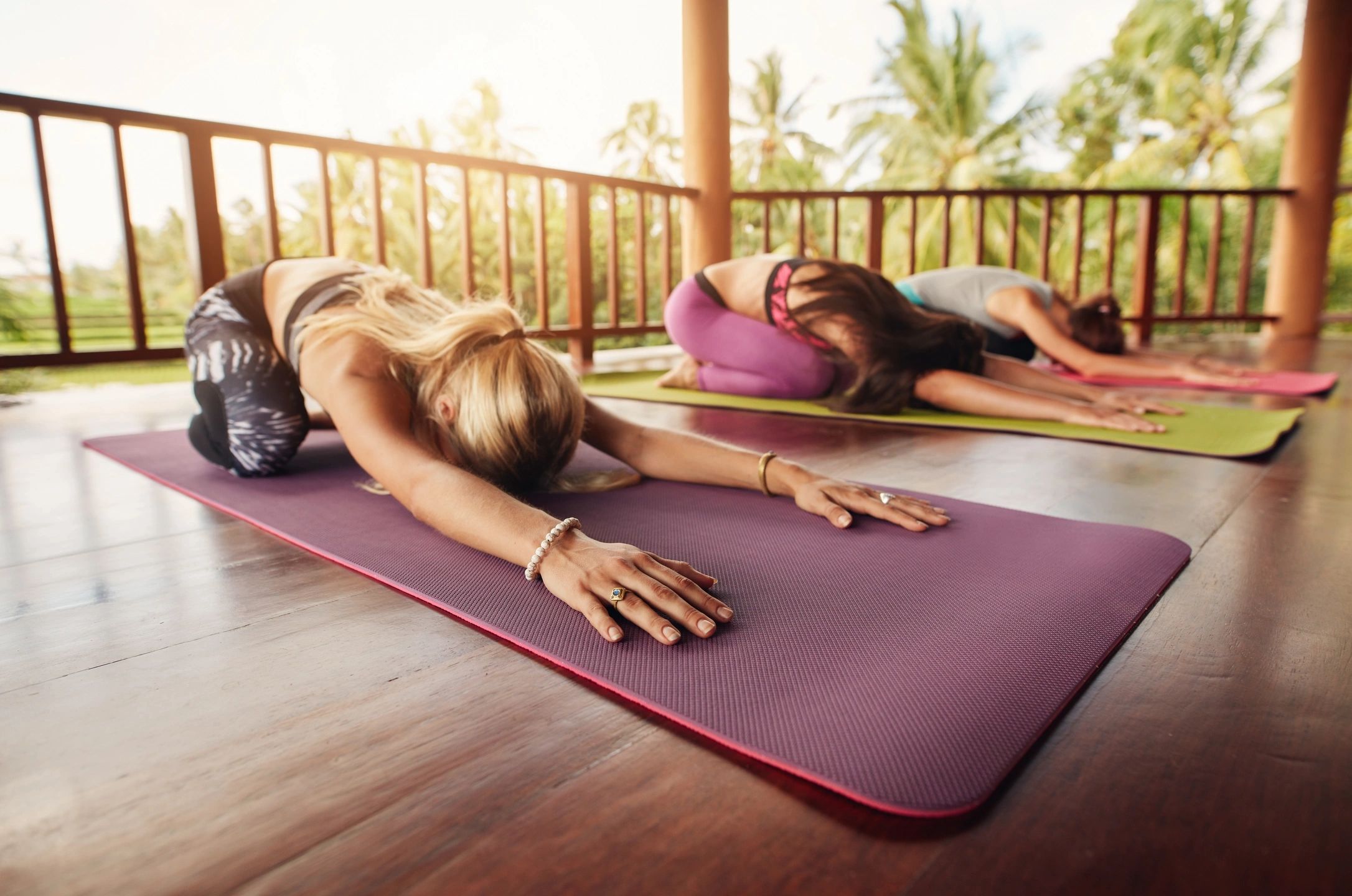In the realm of fitness, the terms mobility and stretching often resonate with seasoned athletes and novice gym-goers alike. However, the significance of flexibility extends beyond mere physical appearance or athletic prowess. Embracing a comprehensive approach to mobility and stretching can enhance injury prevention, boost athletic performance, and foster overall well-being. This article delves into the essential role flexibility plays in fitness and why it should be an integral part of any exercise regimen.
Understanding Mobility
Mobility is the ability to move freely and easily, combining strength, flexibility, and coordination to achieve a full range of motion in various joints. Unlike flexibility, which primarily focuses on the length of muscles, mobility encompasses the dynamic capability of muscles and joints to perform movements efficiently and without restriction. Understanding the distinction between these two concepts is pivotal for athletes aiming to optimize their training and reduce the risk of injuries.
The significance of mobility cannot be overstated; it facilitates better movement patterns, enhances physical performance, and minimizes wear and tear on the body over time. When joints and muscles move fluidly, individuals can execute exercises with greater precision, leading to more effective workouts and improved results.
Benefits of Stretching
Incorporating stretching into your fitness routine yields a multitude of physical benefits. Regular stretching enhances blood circulation, improves flexibility, and increases the overall range of motion. These advantages are essential for activities ranging from daily tasks to more demanding physical pursuits. Moreover, stretching can contribute to muscle recovery, alleviating soreness and promoting quicker healing post-exercise.
Beyond the physical, the mental and emotional benefits of stretching are equally noteworthy. Engaging in a dedicated stretching regimen can elevate mental clarity and reduce stress levels, fostering a sense of tranquility and focus. This holistic approach to fitness addresses both the body and the mind, creating a balanced and health-conscious lifestyle.
Types of Stretching
Stretching techniques can generally be classified into two categories: static and dynamic. Static stretching involves holding a stretch in a specific position for a prolonged period, usually 15 to 60 seconds. This type of stretching is beneficial for improving flexibility and is best utilized after workouts to aid in muscle recovery.
On the other hand, dynamic stretching consists of controlled movements that gently take the joints and muscles through their full range of motion. This technique is particularly effective during warm-ups, preparing the body for more intense activities by enhancing mobility and increasing blood flow.
Understanding when to employ each type of stretching can significantly impact performance and safety during exercise. Combining both methods creates a well-rounded approach to flexibility that prepares the body for various physical demands.
Incorporating Mobility and Stretching into Your Routine
The integration of mobility and stretching exercises into your daily routine is paramount for achieving lasting results. Effective strategies for consistent practice include setting aside dedicated time before and after workouts, utilizing stretching breaks throughout the day, or incorporating yoga into your weekly regimen. These strategies not only promote flexibility but also reinforce a commitment to health and well-being.
Consistency is key; establishing a routine ensures that the body remains limber and resilient against the strains of daily activities and exercise. Over time, individuals will notice an increased range of motion and a reduced likelihood of injuries, solidifying the importance of these practices in fitness.
Common Myths about Stretching
Despite its importance, several misconceptions about stretching and mobility persist. A prevalent myth is that stretching before exercise is unnecessary or even counterproductive. However, research indicates that proper warm-up routines, including dynamic stretching, enhance performance and prevent injuries.
Another common misconception is that flexibility is solely a genetic trait. In reality, flexibility can be improved through regular practice and targeted stretching techniques. Understanding the science behind effective stretching can help individuals debunk these myths and adopt a more informed approach to their fitness routines.
Summary
The importance of mobility and stretching in fitness cannot be overstated. By prioritizing flexibility, individuals can enhance their physical capabilities, reduce injury risks, and cultivate a more balanced lifestyle. As you embark on your fitness journey, remember that incorporating mobility and stretching into your routine is not just a recommendation; it’s a necessity for achieving long-term health and wellness. Embrace the transformative power of flexibility, and witness the profound impact it can have on your overall fitness journey.
Please like, comment, and share this article if you found it helpful and
informative.
Visit https://bigtownbulletin.com if you would like to see more of this content.
Please like, comment, and share this article if you found it helpful and
informative.
For more news check out Big Town Bulletin News
For more from Big Town Bulletin check out Big Town Bulletin


